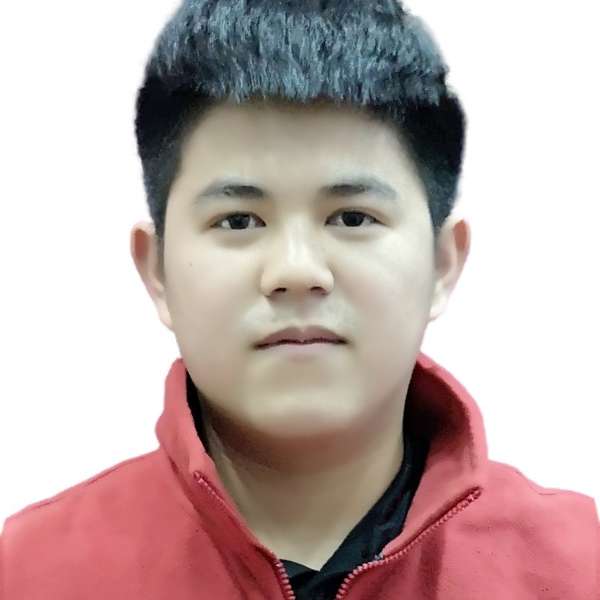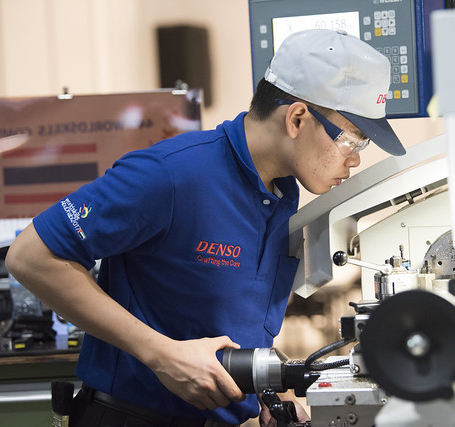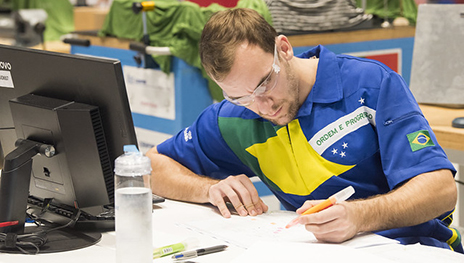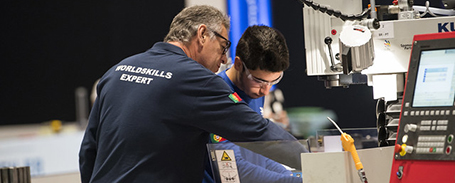Polymechanics and Automation
Polymechanics technicians produce and install parts for production machinery and equipment in areas that include electrical and mechanical engineering, and fitting hydraulics and mechanics. They need to diagnose and solve problems and offer advice on a wide range of issues in many different industries.
Carrying out the repair and maintenance of machines and systems in production plants requires a wide range of skills, both producing and installing parts for production machinery and equipment. The profession of a polymechanics technician requires knowledge of logic, drilling, turning, milling, assembling, and automation control and the related basic electrical and circuitry work associated with these areas of production. In addition professionals in this area must be adept in electro-pneumatics, including driving devices via a programmable microcontroller, and must be able to assemble components into functional units and to put them into service.
Polymechanics technicians often find employment in industrial maintenance duties or in the industry supplying solutions to mechanical engineering. The continuing demand for improved industrial machinery and tools will cause demand for specialists in this field to grow. Many skilled technicians will be needed to help create complex new products.
Competitors and results

Stefan Istvan Erös
731

Yuhui Zheng
730

TZU-YANG CHENG
719




















